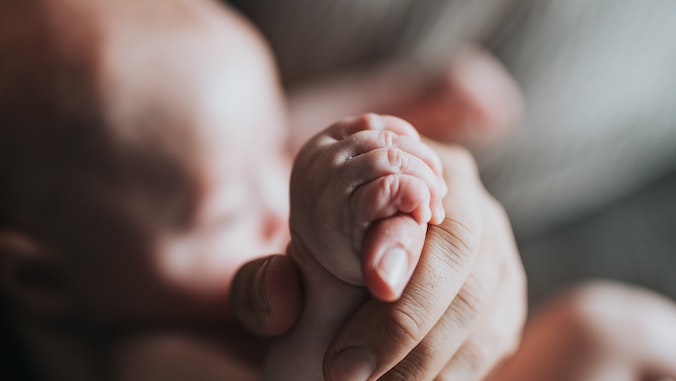
An editorial, “Mother-to-child transmission of SARS-CoV-2 is rare,” by a University of Hawaiʻi at Mānoa associate professor was published by an international medical journal in March. Catherine McLean Pirkle, a global health researcher in the Office of Public Health Studies discussed the analysis of data from nearly 500 studies involving almost 29,000 mothers across the globe. Previously, little evidence-based guidance existed about the risks to babies when their mothers are infected.
The BJM, a highly-ranked and frequently cited medical trade journal published by the British Medical Association, commissioned Pirkle’s editorial, to accompany the publication of a new data review from international researchers.
Those researchers stipulate for the first time that virus transmission from mother to baby appears to be very low, as they found fewer than 2% of babies born to mothers with SARS-CoV-2 infection went on to test positive as well. Babies were more likely to contract the virus if their mothers had a severe infection, but no relationship was found between breastfeeding, preterm birth or the stage of pregnancy.
Given that vaccines are not available for babies and young children, it is critical that better data become available to inform appropriate shared decision making on perinatal care between parents and healthcare providers.
—Pirkle
In her editorial, Pirkle wrote that these initial findings are reassuring, but data collection must continue, since positivity rates were based on data from approximately 14,500 exposed babies worldwide and because there was great geographic variation in the numbers of studies and cases analyzed.
Pirkle stated pinpointing exposure sources in hospital deliveries is also difficult, since new mothers and babies often come into contact with many different people.
“Mothers are not the only possible source of transmission to newborn babies,” Pirkle wrote. Interestingly, positivity rates among babies varied depending on where mothers lived, and Pirkle suggested that may point to another variability: whether or not the region’s hospitals consistently use preventive measures like personal protective equipment.
“Given that vaccines are not available for babies and young children, it is critical that better data become available to inform appropriate shared decision making on perinatal care between parents and healthcare providers,” she said.
Trained in epidemiology and health services, Pirkle’s research has investigated the programmatic elements of interventions that contribute or harm maternal and child health in diverse settings.
This research is an example of UH Mānoa’s goal of Excellence in Research: Advancing the Research and Creative Work Enterprise (PDF), one of four goals identified in the 2015–25 Strategic Plan (PDF), updated in December 2020.

